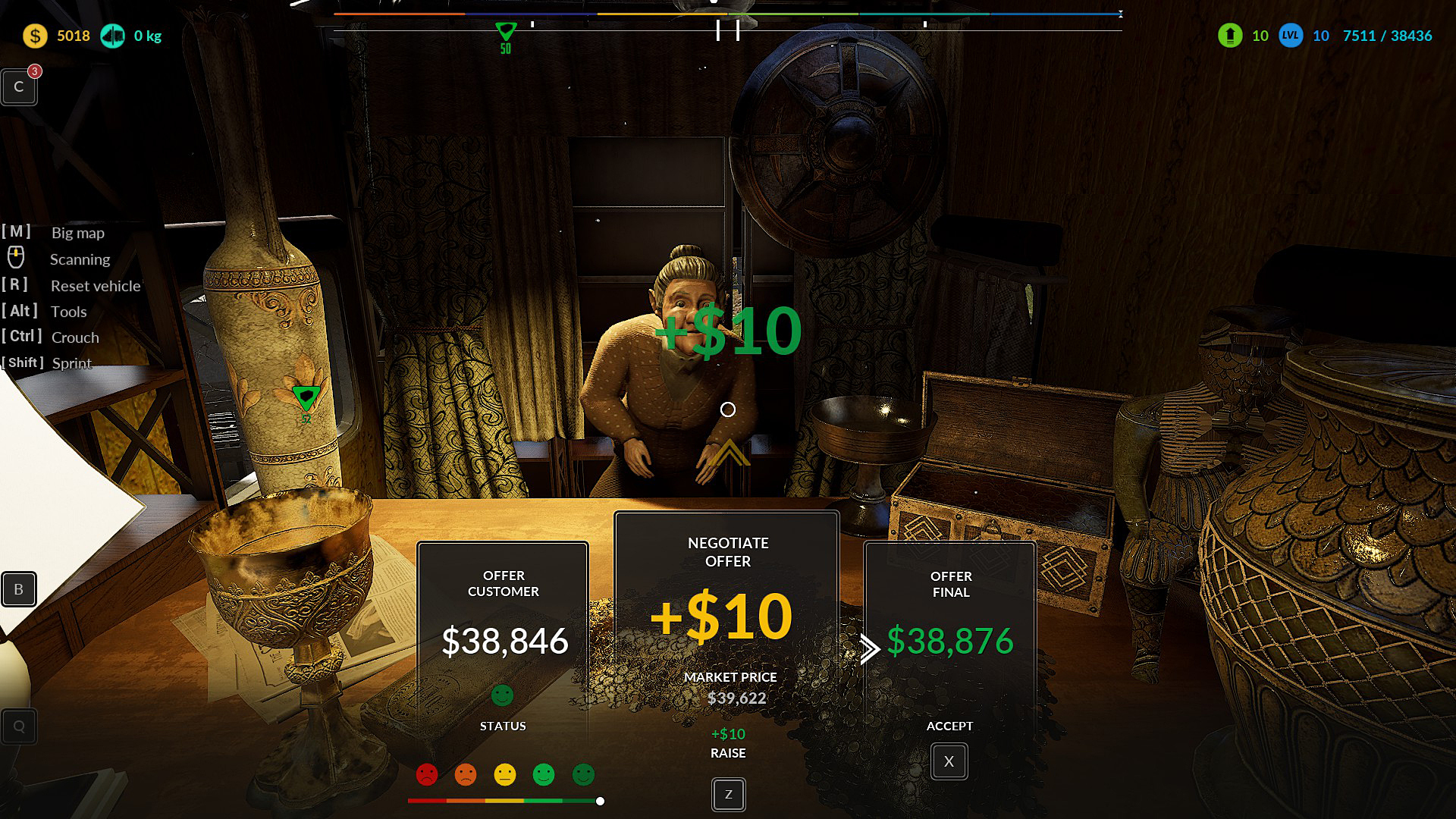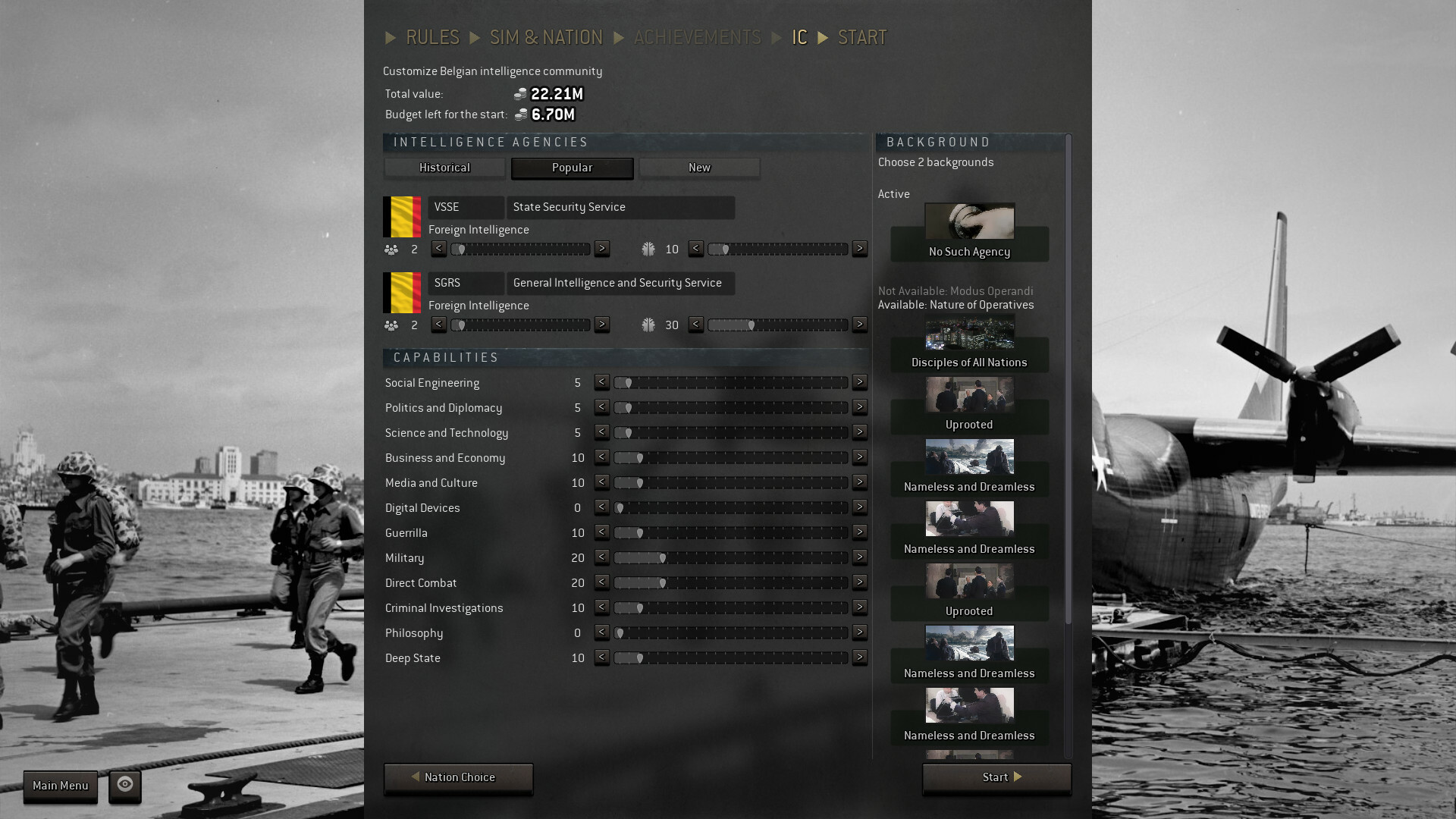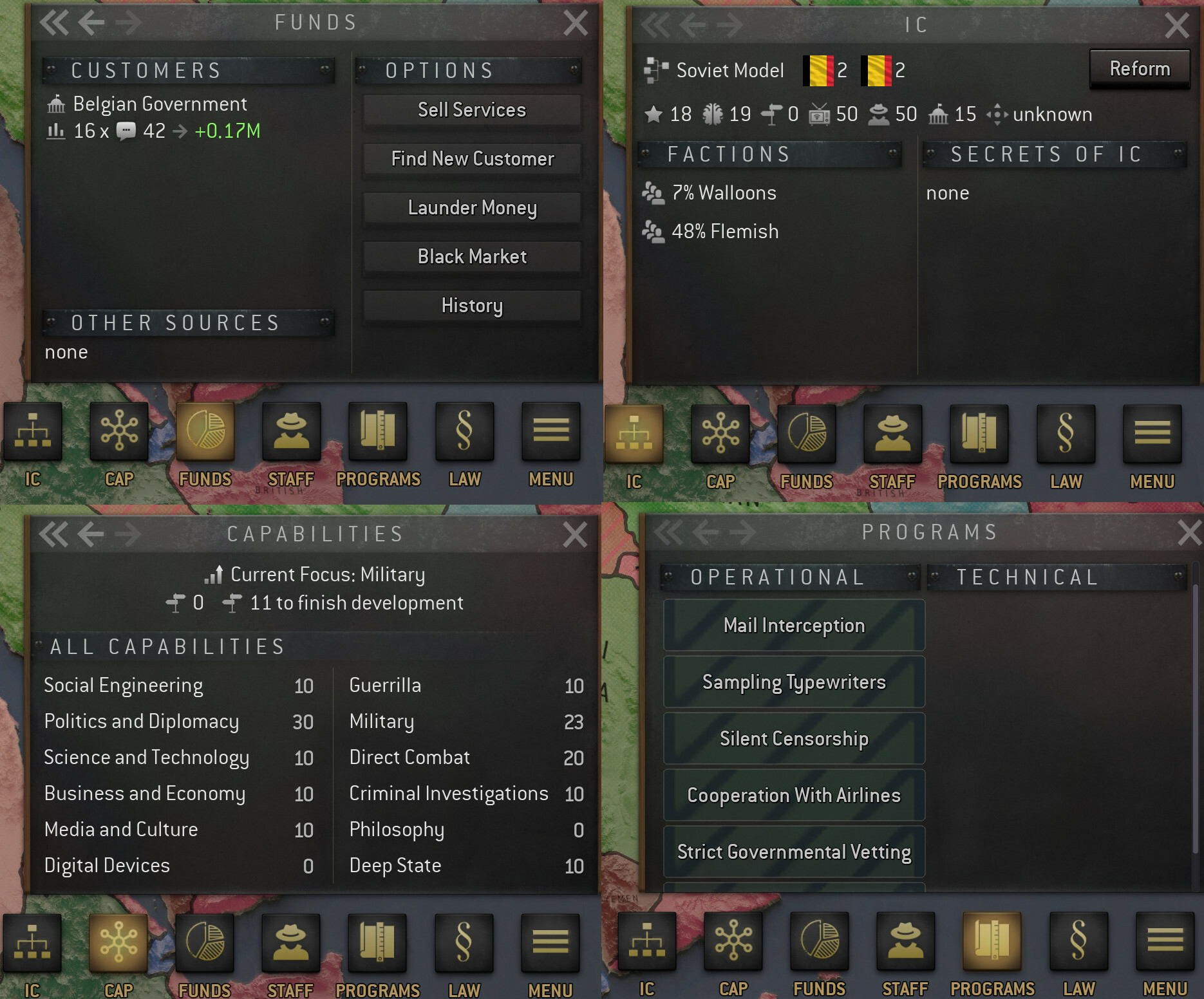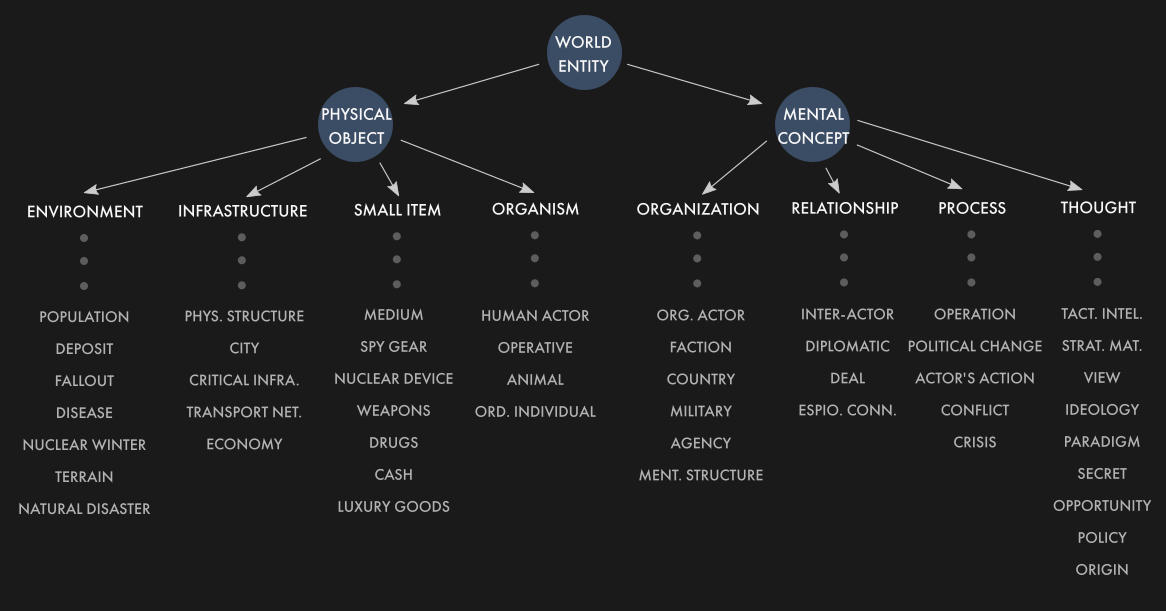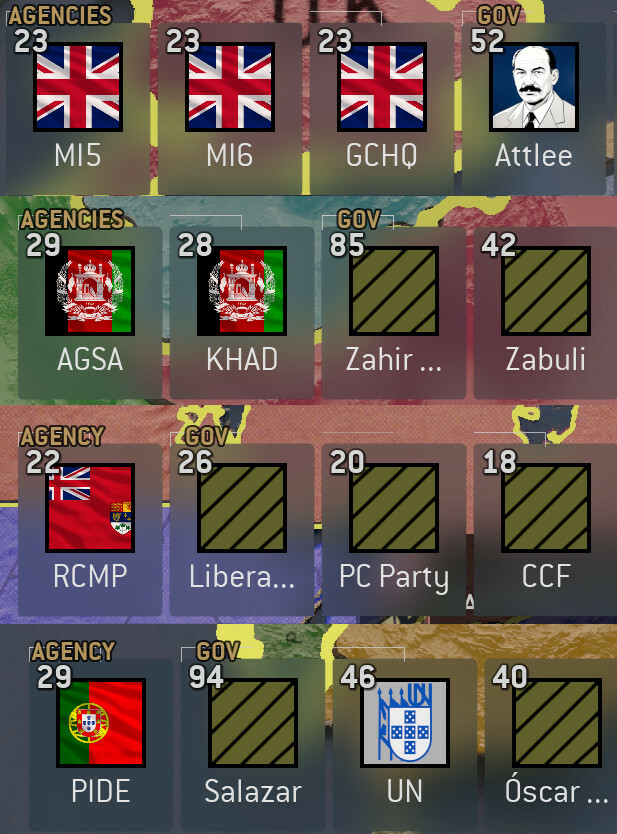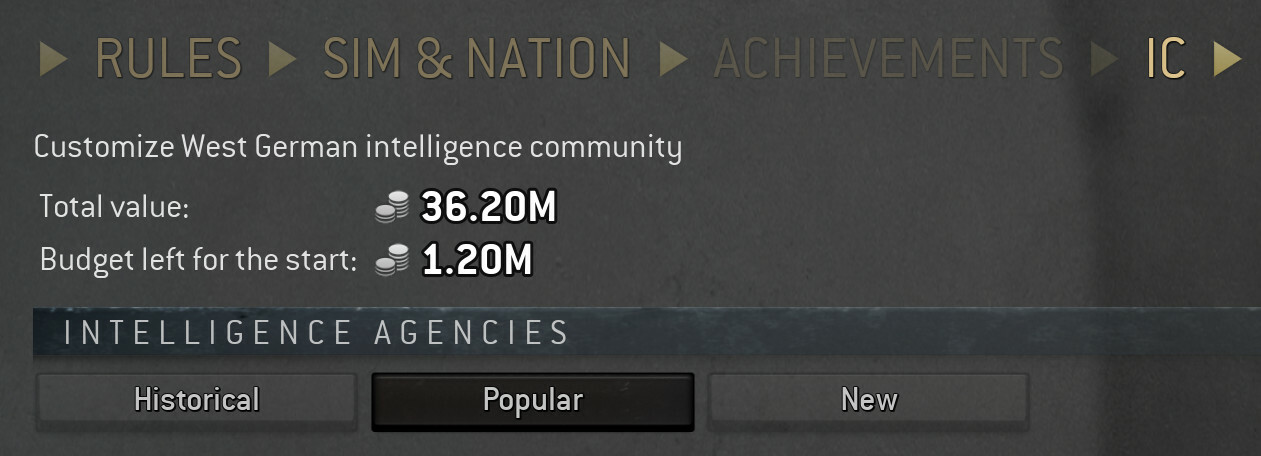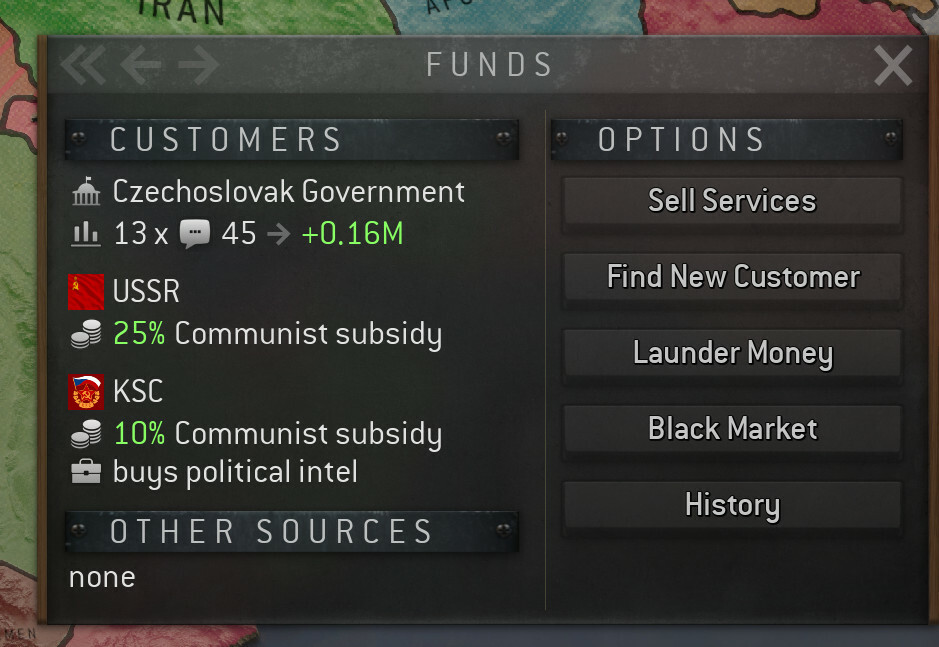
May 3, 2024
Shadow of the Depth - 鬼眼
Updates
- Added the talent "Choose," which allows you to choose a specific direction when picking up skill books. It takes 3 talent points to fully upgrade.
(It's an early-stage UI design at the moment.)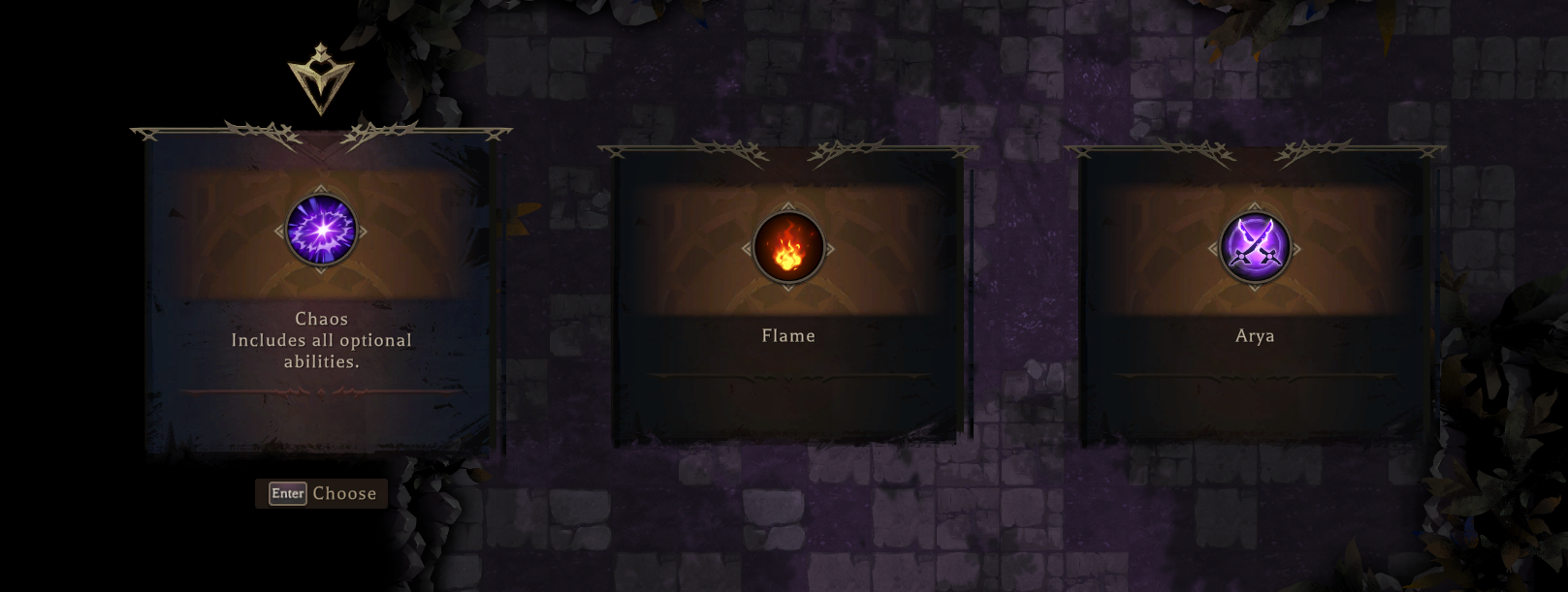
- The number of uses for the talent "Possibility" has been increased by 1.
- Added 5 talent points that can be obtained. Existing saves will be supplemented with talent points for past levels.
- Fixed the level display of upgrade abilities when equipped with corresponding runes.





